Contexte fréquent avec plusieurs product owner
En effet dans certaines structures, l’agilité n’est pas encore un pilier de sa culture. Et il n’est pas rare de voir des « dits » product owner qui ne sont pas liés à un produit mais à une expertise particulière sur de gros produits.
Et ce type d’organisation complexifie considérablement le travail des équipes qui tentent tant bien que mal à mettre du Scrum en place. Doit-on dire à ces équipes d’abandonner Scrum ou les aider à faire face à ce contexte ? Après tout, tout un travail de réorganisation peut se faire en parallèle pour améliorer ce contexte complexe.
Partant dans l’idée d’aider les équipes, nous allons voir quelques astuces non négligeable pour améliorer ce type de contexte.
Plusieurs product own
Research and publish the best content.
Get Started for FREE
Sign up with Facebook Sign up with X
I don't have a Facebook or a X account
Already have an account: Login
For Product Owners/Product Managers and Scrum Teams: Growth Hacking, Devops, Agile, Lean for IT, Lean Startup, customer centric, software quality...
Curated by
Mickael Ruau
 Your new post is loading... Your new post is loading...
 Your new post is loading... Your new post is loading...
|
|












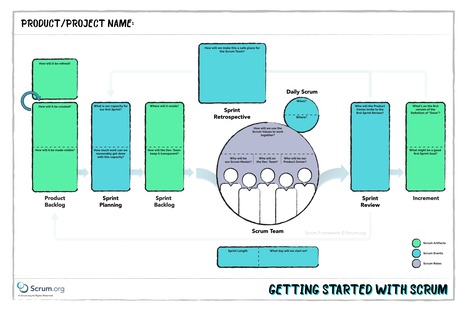
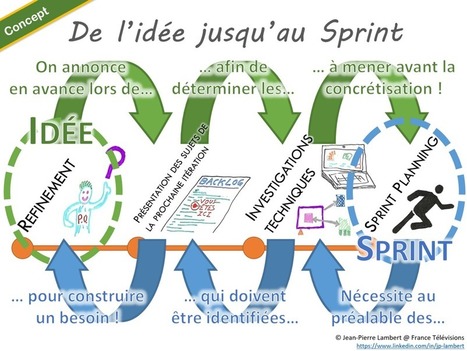
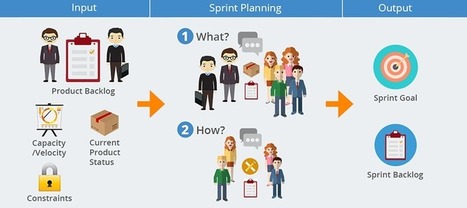
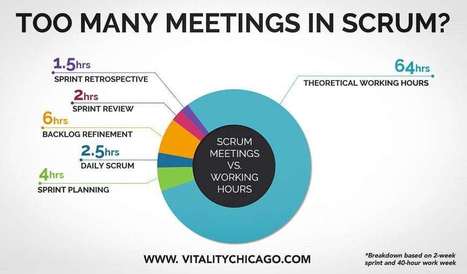








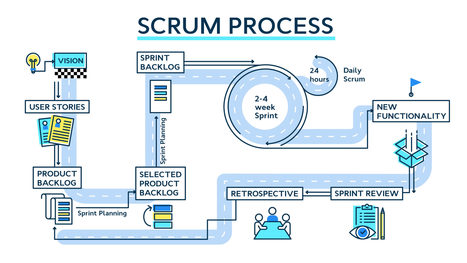
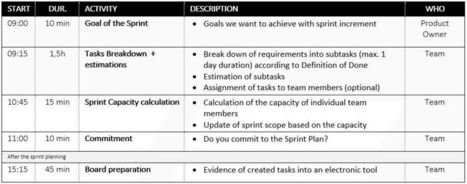






Le Scrum Guide dit NON !
Alors si nous nous arrêtons sur le Scrum Guide, il est assez formel sur le sujet :
scrum guide fr